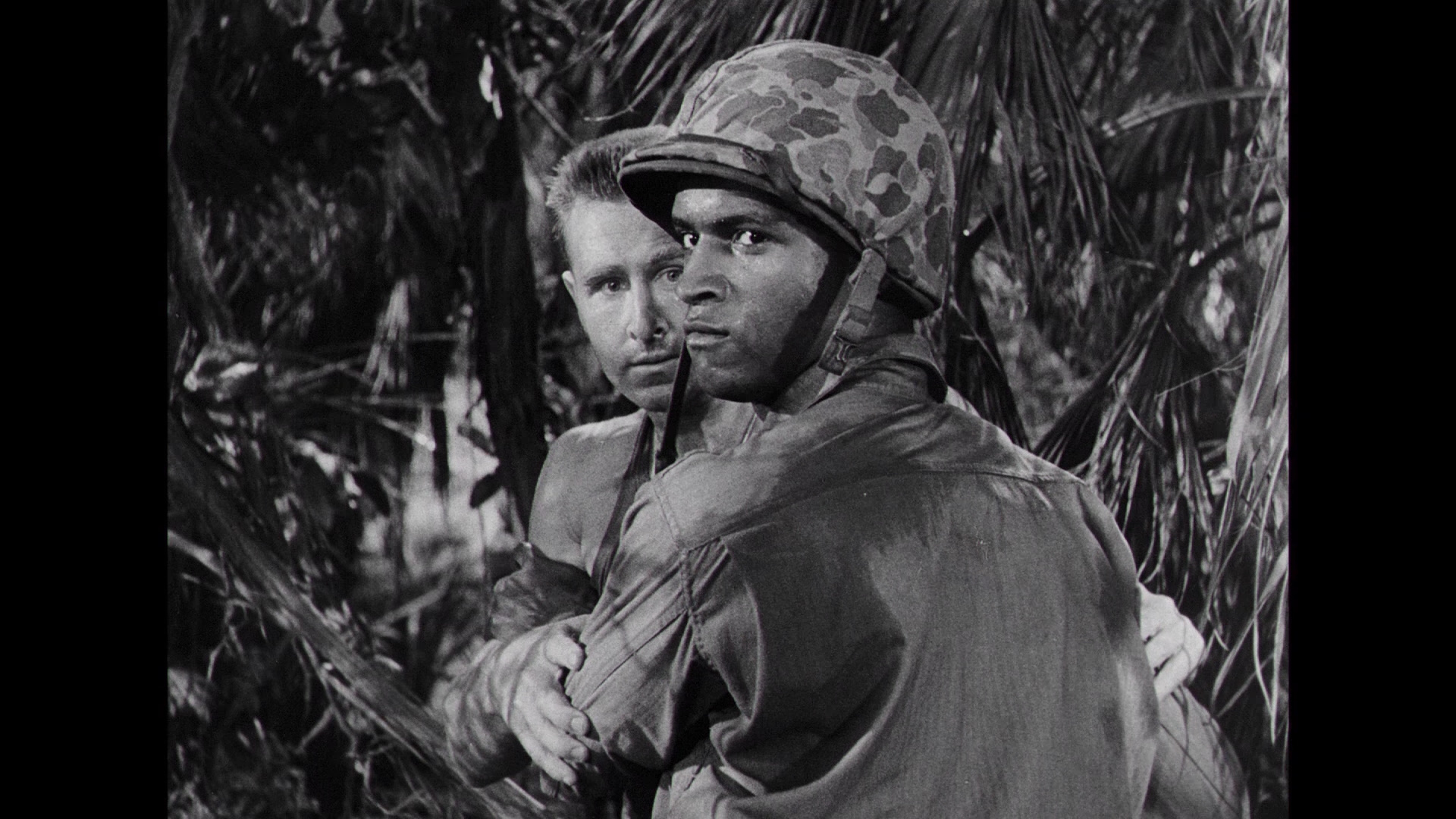
The film was completed in thirty days, for the cost of US$525,000, with Kramer using three different units at the same time.

Producer Stanley Kramer filmed in secrecy under the working title of High Noon. When Laurents sold the rights to Hollywood, he was told that the lead character would be turned from Jewish into black because "Jews have been done". The drama about anti-Semitism in the military opened on Broadway on December 27, 1945, and ran for 69 performances. After his discharge, he wrote a play called Home of the Brave in nine consecutive nights that was inspired by a photograph of GIs in a South Pacific jungle. At the end of the movie, Mingo and Moss decide to go into business together as a civilians.Īrthur Laurents spent World War II with the Army Pictorial Service based at the film studio in Astoria, Queens, and rose to the rank of sergeant. From this point on, Moss will never again bow to prejudice. In the film's climax, the doctor forces Moss to overcome his paralysis by yelling a racial slur.

carries Moss to the returning PT boat that covers the men with its twin. In a firefight with the Japanese, Mingo is wounded in the arm, and Moss is unable to walk. Finch later escapes but he dies in Moss's arms. They force Finch to cry out to the patrol. When the patrol is discovered, Finch is left behind and captured by the Japanese. (Brodie) and the sturdy but troubled Sergeant Mingo (Lovejoy). The patrol is led by a young major (Dick), and includes Moss's lifelong friend Finch (Bridges), whose death leaves him racked with guilt bigot Corporal T.J. The film uses flashback techniques to show Moss, an Engineer topography specialist assigned to a reconnaissance patrol who are clandestinely landed from a PT boat on a Japanese-held island in the South Pacific to prepare the island for a major amphibious landing. Undergoing psychoanalysis by an Army psychiatrist (Corey), paralyzed Black war veteran Private Peter Moss (Edwards) begins to walk again only when he confronts his fear of forever being an "outsider".

The film utilizes the recurrent theme of a diverse group of men being subjected to the horror of war and their individual reactions, in this case, to the hell of jungle combat against the Japanese in World War II. Home of the Brave managed to combine three of the top film genres of 1949: the war film, the psychological drama, and the problems of African-Americans. The film takes its name from the last line of the " Star Spangled Banner" "And the home of the brave?" The National Board of Review named the film the eighth best of 1949. The original play featured the protagonist being Jewish, rather than black. It was directed by Mark Robson, and stars Douglas Dick, Jeff Corey, Lloyd Bridges, Frank Lovejoy, James Edwards, and Steve Brodie. Home of the Brave is a 1949 war film based on a 1946 play by Arthur Laurents.


 0 kommentar(er)
0 kommentar(er)
